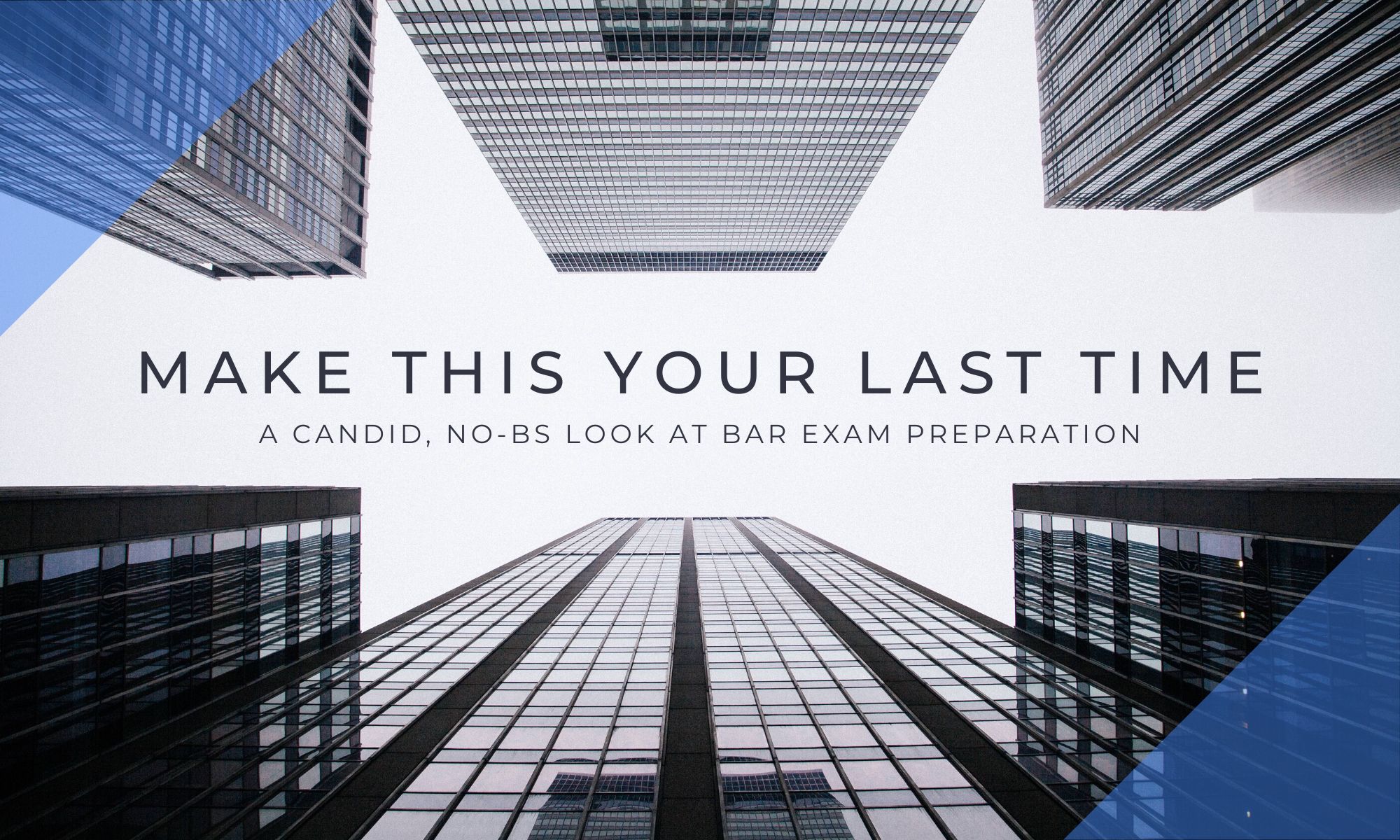Real Property: Ownership
A father conveyed Greenacre to his two children, a son and a daughter, as joint tenants. The daughter built a duplex on the land. She lived on one side of the house while she rented out the other. The son lived out of state and rarely visited Greenacre. The son, struggling for money, sold his interest in Greenacre to a friend. The friend immediately hired an architect and created a blueprint for a new house on the land. Shortly after the conveyance, the son was killed in a car accident. The friend is now petitioning the court for a judicial partition of Greenacre. The daughter argues that upon the son’s death, she became the sole owner of Greenacre.
How should the judge rule?
A: For the friend, because he intends to occupy the land.
B: For the friend, because he purchased the son’s interest.
C: For the daughter, because she has the right of survivorship.
D: For the daughter, because she has exclusive possession of the land.
© AdaptiBar
Want to get more practice with over 1,600+ MBE questions?
Still on the fence?
👉🏻 Read this review of AdaptiBar and what others have said about it.


